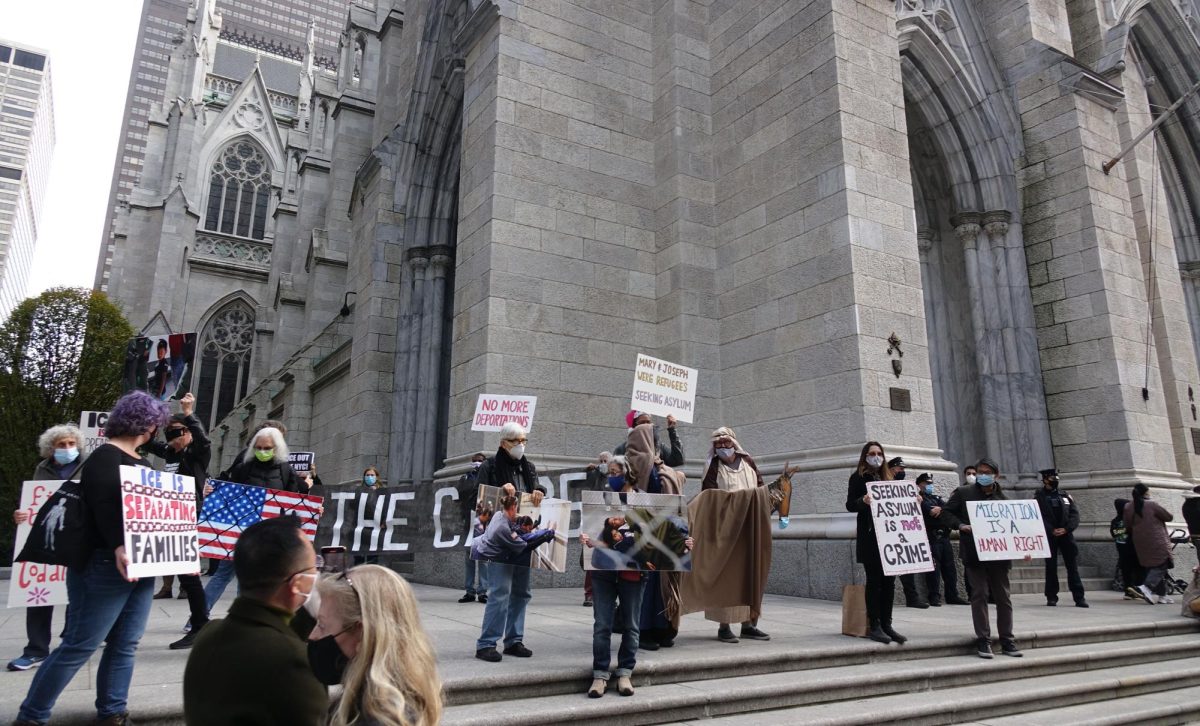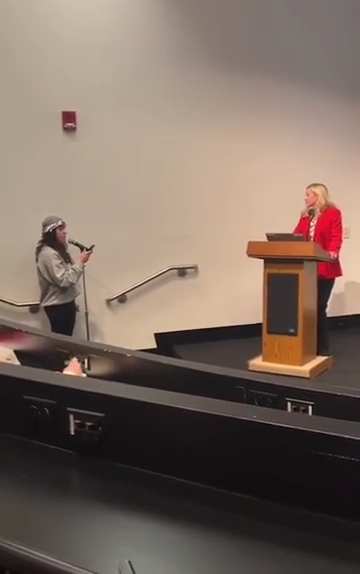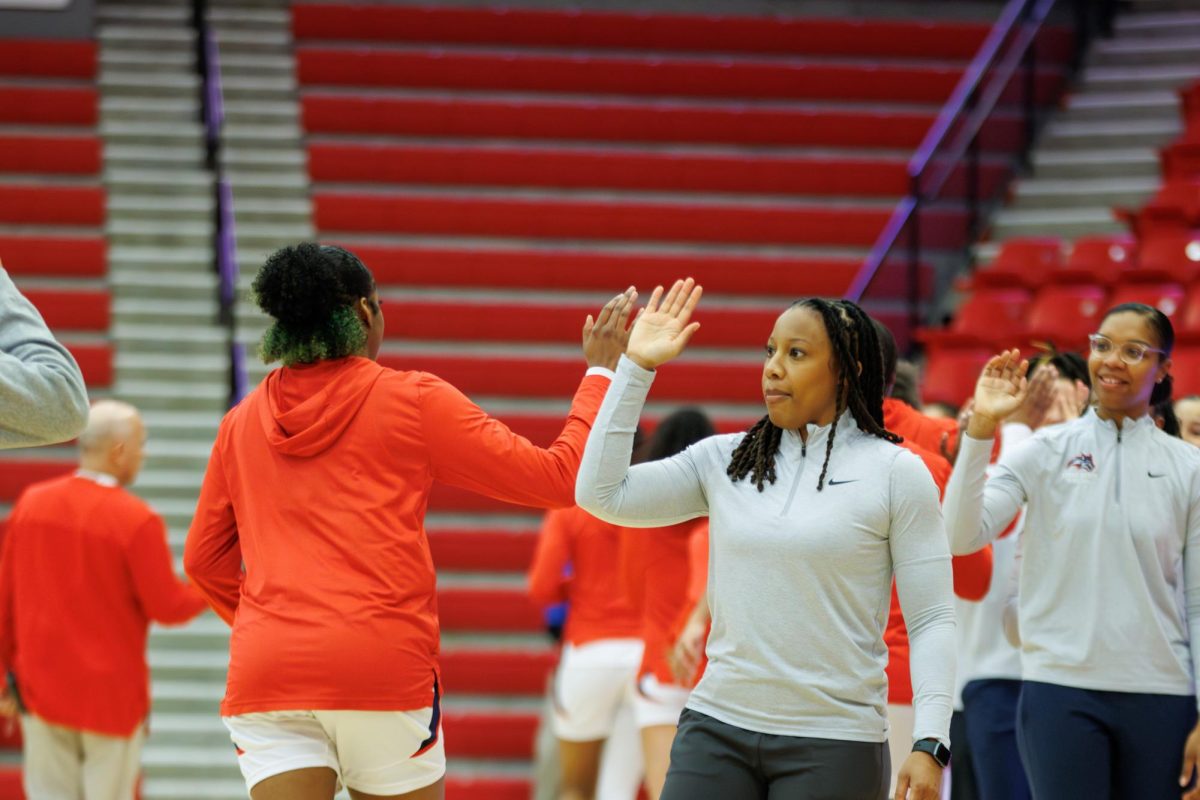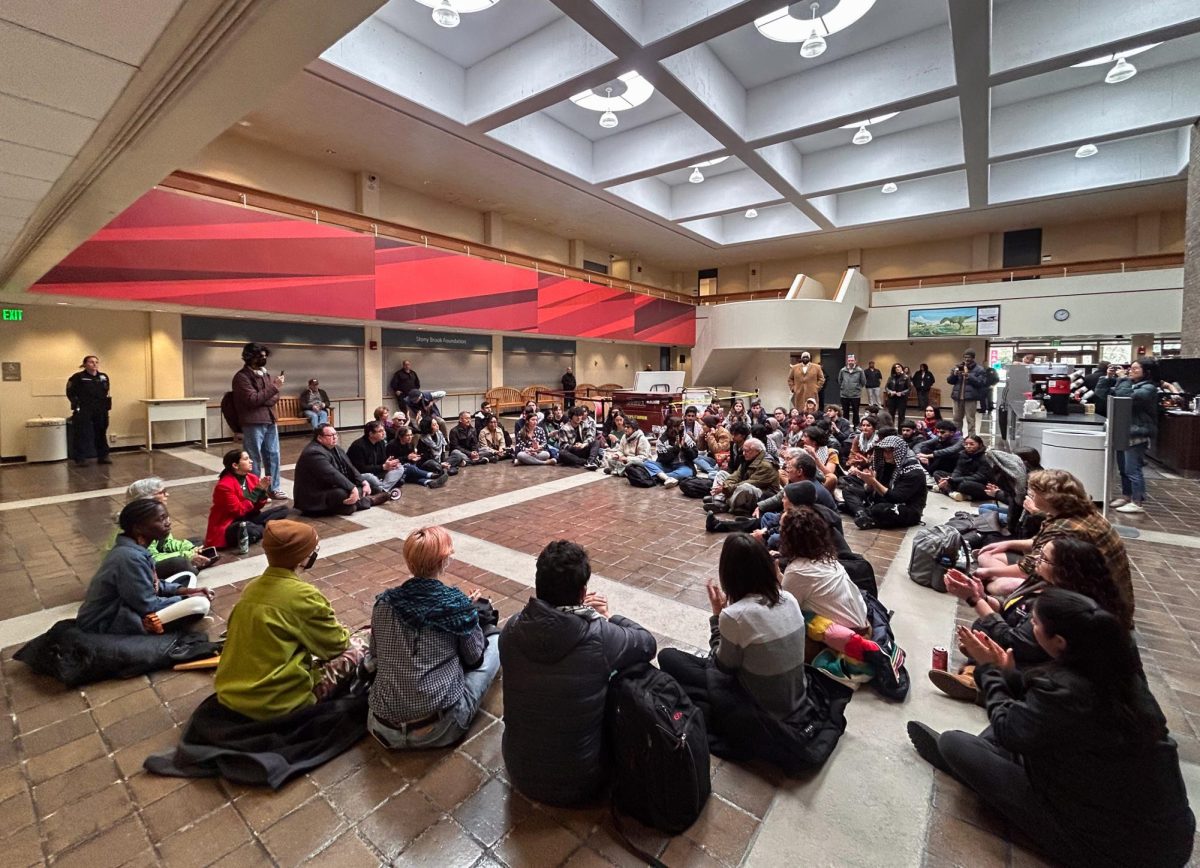
Stony Brook University, formerly praised as one of the most affordable gems in the crown of public universities, has slowly been losing its luster as tuition fees continue to increase. In the midst of an economic recession, Stony Brook has experienced a series of budgetary problems that have ravaged through the SUNY system like an epidemic. Tragically, the state-supported foundation of Stony Brook University has dwindled into one that is state-accommodated at best.
To remedy public institutions of these financial burdens, all 64 SUNY campuses have agreed to participate in the NYSUNY 2020 initiative. Under this legislation, supplementary money gained from tuition increases are earmarked. Starting in 2020, these funds will be allocated toward financial aid, faculty salaries, among other things in all the institutions of SUNY. Currently, we are in the third year of the implementation of this program with students representing a major source of revenue for Stony Brook University. As the race between rocketing tuition fees and the value of an undergraduate education persists, we should expect to see drastic changes in student culture in the near future.
Every year, a new class of freshmen and transfers walk through the gates of Stony Brook, bringing with them new identities and ideals different from those of students before them. Despite these changes, many students who are enrolled always cite one factor that brings them to Stony Brook: affordability. Speaking on behalf of the middle-class New Yorkers who constitute a majority of the student body, the only reason why students apply to Stony Brook is because they are enticed with the promise of obtaining an excellent education without the fear of bleeding their wallets dry.
As Stony Brook administration tediously labors to boast about its low tuition fees enhanced with its stellar reputation in colorful brochures, it fails to expose the truth that Stony Brook students are encountering tuition inflation along with other colleges across the nation. One problem I have is that when Stony Brook glorifies its minimal cost of attendance, it is comparing its expenses with other colleges rather than with the individual incomes of the applicant pool. Personally, after receiving my first billing statement for my fall semester, I am bound to climb down a seemingly endless staircase into debt after I graduate. And on this perilous four year long descent, as I trip and stumble my way into adulthood, I will be victim to suspicious fluctuations in my tuition expenses accompanied by other payments like so-called “Academic Excellence fees” only to support a financial-assistance program that will begin three years after I graduate. Come on, Stony Brook! There is nothing “academically excellent” about surreptitiously spiking tuition fees.
These escalations in tuition fees are counter-intuitive to Stony Brook’s mission to serve students regardless of their economic situations. Stony Brook is supposed to be a haven for all hard-working and ambitious students. Yet Stony Brook’s financially hostile environment makes me wonder what actions we will have to take to overcome the economic adversities that inevitably lie ahead. A lack of optimism for the future leads me to ask: What type of message are we sending out to current and future applicants? That they have to pass some type of monetary threshold to be ensured a good education at Stony Brook?
Economically speaking, for the fortunate few who are well above this monetary threshold, college is a carefree Lamborghini ride into the avenue of employment. However, for those of us who constitute the lower pyramid of financial circumstance, finishing our college education is our only means of social mobility that will help us forge better lives for ourselves. Even with sparse financial aid and countless loans taken out, the life of a poor college student is a lamentable one.
Eventually, at this rate, or until NYSUNY 2020 fulfills its purpose, the student culture of Stony Brook will erode into a hollow sphere of self-sustaining upper class students who will mindlessly pay exorbitant tuition fees while students intimidated by debt will be driven out. Unfortunately, I have already had the displeasure of saying goodbye to students who could not even afford one semester at Stony Brook, and have had to resort to cheaper options like transferring to a cheaper college.
The fact that students reach this level of desperation at a public university tells us that Stony Brook must reassess its purpose of establishment and quickly reshape the path it wishes to take with students. I understand, that in the name of progress, Stony Brook must charge students more than usual to sustain itself now and later on. However, I would like to tell Stony Brook that its route to progress is completely different from what I want it to be.
Stony Brook will truly face progress by providing students with premier resources without imprisoning them with the shackles of college debt.
To promote student culture that is tolerant of all financial backgrounds, I fail to see the purpose of this classist cycle, making students buy things they cannot afford with money that they do not have and remain here at Stony Brook while students are unapologetically forced to leave due to economic constraints.

















Joseph Seck • Apr 2, 2014 at 9:52 pm
I completely agree to this and to David’s comment, I can understand a small increase from school year to school year, but the rate, especially at which out of state tuition is increasing is absolutely ridiculous, I’m almost forking over a 1,000 more for full time status, and honestly, I would be okay with this except the fact that the future looks bleak.
David Harary • Feb 18, 2014 at 8:59 pm
To offer “premiere resources”, the tuition increase is mandatory. The Simons match donation was given under the precedent that NY state approve a tuition increase. Those hoping for the university to develop and gain recognition in academia expect that the university acquire more money to invest into research and other aspects of the collegiate experience. I believe that investment promoting success of faculty and students in the present will create a larger, sustaining network of alumni and others who will have interest in donating to the university. Also, the tuition for in-state students at a SUNY institution, although unfortunately high, are less than comparable state universities around country.